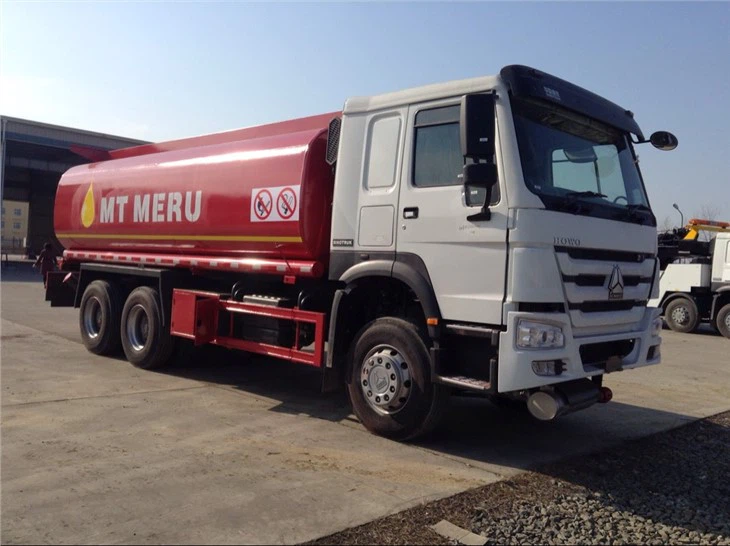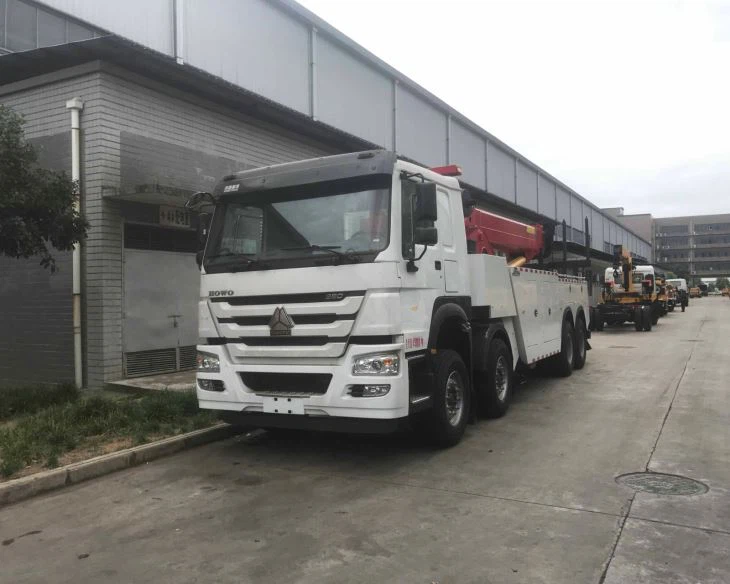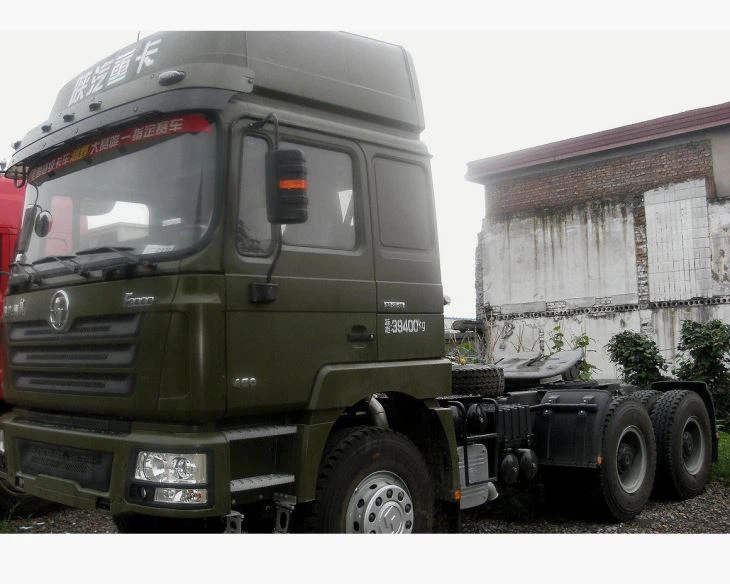Understanding Rolled Trucks: Causes, Risks, and Prevention

Introduction to Rolled Trucks
Rolled trucks are a significant concern in the transportation industry, especially for heavy-duty truck operators. When a truck rolls over, it can lead to severe injuries, extensive property damage, and even environmental hazards. This article delves into the causes of truck rollovers, the safety measures that can be implemented, and the steps to take if you are involved in or witness such an incident. Understanding how to prevent rolled trucks can help save lives and reduce costs for businesses.
What is a Rolled Truck?
A rolled truck refers to a situation where a truck tips over due to various factors such as excessive speed, sharp turns, or poor road conditions. These incidents can occur with different types of trucks, including box trucks, dump trucks, and semi-trailer trucks.
Types of Rolled Trucks
- Box Trucks
- Flatbed Trucks
- Dump Trucks
- Trailers and Semi-Trucks
Causes of Truck Rollovers

Understanding the causes of truck rollovers can help in developing preventive measures. Here are some primary causes:
1. Speeding
Exceeding the speed limit is one of the most common causes of truck rollovers. The faster a truck is moving, the harder it is for the driver to maintain control, especially during turns.
2. Improper Weight Distribution
Heavy loads that are not evenly distributed increase the risk of rollovers. It is crucial to balance the load throughout the truck to maintain stability.
3. Road Conditions
| Condition | Effect on Rolled Trucks |
|---|---|
| Wet Roads | Reduced traction increases rollover risk. |
| Uneven Surfaces | Can lead to sudden shifts and tipping. |
| Potholes | Can cause loss of control if hit at high speed. |
4. Driver Fatigue or Distraction
Fatigue and distractions can lead to misjudgments while driving, increasing the chances of a rollover accident.
5. Adverse Weather Conditions
Snow, ice, and fog can significantly impact visibility and traction, making rollovers more likely.
Risk Factors Associated with Truck Rollovers
Several risk factors contribute to truck rollovers, including:
1. Vehicle Type
Certain trucks, such as those with a higher center of gravity, are more prone to rolling over.
2. Load Type
Loose or shifting loads can destabilize a truck during transport.
3. Road Geometry
Sharp turns, steep grades, and narrow roads can increase rollover risks.
4. Regulatory Non-compliance
Failure to adhere to safety regulations can heighten rollover risks. For instance, not following weight limits set by transportation authorities can contribute to accidents.
Preventing Truck Rollovers
Preventive measures must be taken to reduce the likelihood of truck rollovers.
1. Training Drivers
Comprehensive training programs focused on safe driving practices and hazard awareness can mitigate risks. This can include:
- Defensive driving techniques
- Proper load securing methods
- Awareness of vehicle blind spots
2. Regular Maintenance
Ensuring trucks are regularly serviced helps in identifying potential mechanical failures that could lead to rollovers.
3. Load Management
Properly loading and securing cargo is critical. Drivers must verify that loads are evenly distributed and restrained appropriately.
4. Utilizing Technology
Advanced Driver Assistance Systems (ADAS) can provide features such as lane-keeping assistance and collision avoidance, enhancing safety.
What to Do if a Truck Rolls Over
If you find yourself in a situation where a truck has rolled over, follow these steps:
1. Assess the Situation
Check for injuries and ensure it is safe to approach the scene.
2. Call Emergency Services
Contact local authorities and report the incident, providing them with crucial details.
3. Avoid the Area
Stay a safe distance from the rollover to avoid potential hazards like road spills or fire.
4. Document the Incident
If it’s safe, take photographs of the scene to assist with insurance claims and investigations.
Real-Life Examples of Truck Rollovers

Learning from past incidents can provide insights into preventing future rollovers.
Case Study 1: A Speeding Incident
A driver exceeding the speed limit on a winding road lost control resulting in a rollover. This incident highlighted the importance of speed regulations, especially in hazardous conditions.
Case Study 2: Poor Load Management
A dump truck loaded with gravel experienced a rollover due to improper weight distribution. This example emphasizes the necessity for thorough load checks and balancing before travel.
FAQ Section
1. What are the common signs that a truck is at risk of rolling over?
Common signs include swaying while turning, uneven tire wear, and a driver’s inability to maintain control during maneuvers.
2. Is there any technology that can help prevent truck rollovers?
Yes, Advanced Driver Assistance Systems (ADAS), such as electronic stability control, can help reduce the risk of rollovers.
3. Do weather conditions affect the likelihood of truck rollovers?
Absolutely. Adverse weather conditions such as rain, snow, and ice can significantly increase the chances of a rollover.

4. How can trucking companies improve safety to prevent rollovers?
Implementing driver training programs, regular vehicle maintenance, and effective load management techniques can significantly enhance safety.
5. What should I do if I witness a truck rollover?
If you witness a rollover, ensure your safety first, call emergency services, and avoid approaching the scene until help arrives.
6. Are there specific regulations regarding the transport of heavy loads?
Yes, there are regulations that govern loading limits and securing loads to prevent accidents, including rollovers.
